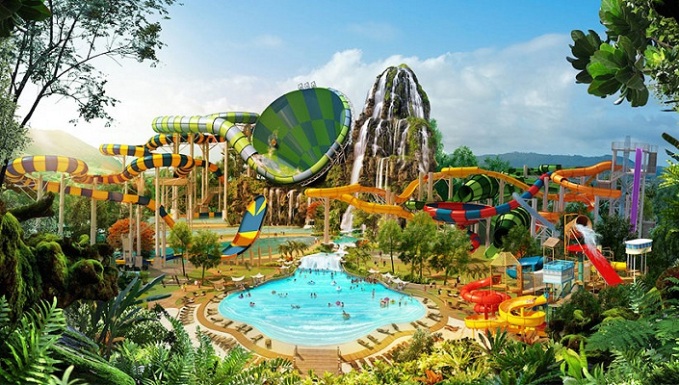The revenue generated from amusement parks will continue to drive the overall theme park market revenues with maximum participation arising from the domestic population in Qatar
Majority of theme parks in the country mainly cater to children; therefore the growing youth population in Qatar will be the primary force driving the number of theme park visitors in the future.
Qatar benefits from cultural and sports tourism. According to Qatar Tourism Authority (QTA), the estimated impact of Qatar Summer Festivals (4 festivals/tourism events) was QAR 641 million (USD 175.8 million) during 2016, aiding the increased inflow of tourists during the same year. Qatar has begun to encourage private investment and diversify into allied sectors including leisure and entertainment; due to the rising tourism in the country. QTA launched the Qatar National Tourism Sector Strategy (QNTSS) in 2014, which charts a clear path for the development of the sector through 2030 by identifying four key focus areas including Urban and Family Entertainment, Business Events, Culture and Heritage Tourism and Sports and Recreation Tourism.

The development of indoor theme parks and family entertainment centers in Qatar is in its nascent stage. Companies are also coming out with unique offerings and new ideas being implemented within theme parks to increase annual visitors. In addition, companies have also introduced edutainment parks, which provide kids an array of educative activities and attractions coupled with fun and games. Existing theme park operators should expand and/or renovate their premises to provide innovative rides and unique attractions while potential companies looking to enter the theme park market should foray into the water parks segment in addition to collaborating with emerging resorts. Theme park operators should also look to develop culturally diverse attractions to increase international visitors which will have a positive impact on Qatar theme park market, according to Analysts at Ken Research.
Ken Research in its latest study, Qatar Theme Park Market Outlook to 2021 suggests that Gondolania theme park will continue to dominate this market with City Center theme park and Circus Land theme park providing stiff competition in the future.
Qatar Theme Park Market is projected to register a positive CAGR of 9.1% during the period 2016-2021. The primary force that will drive the revenues of this market will be the establishment of creative and unique theme parks coupled with the growing tourism in the country during this period. In addition, annual social and cultural events in Qatar including the International Food Festival and Summer Festival will aid the increasing inflow of tourists into the country.
Key Topics Covered in the Report:
Aqua Park Revenue in Qatar
Competition in Theme Parks in Qatar
Qatar Theme Park Industry
Qatar Future Theme Park Projects
Theme Park Profit Qatar
Doha Parks and Resorts Market
Theme Park Launch in Qatar
Celebration Park in Qatar
Theme Park and Entertainment Centre Market
Entertainment Park Market Qatar
Amusement Park Rides in Doha
Best Theme Parks in Doha
Qatar's First Theme Park
Upcoming Theme Parks in Qatar
Market Size Theme Park
Market Share Theme Park Players
For more coverage click on the link below:
Related Reports by Ken Research
Contact:
Ken Research
Ankur Gupta, Head Marketing & Communications
+91-124-4230204




